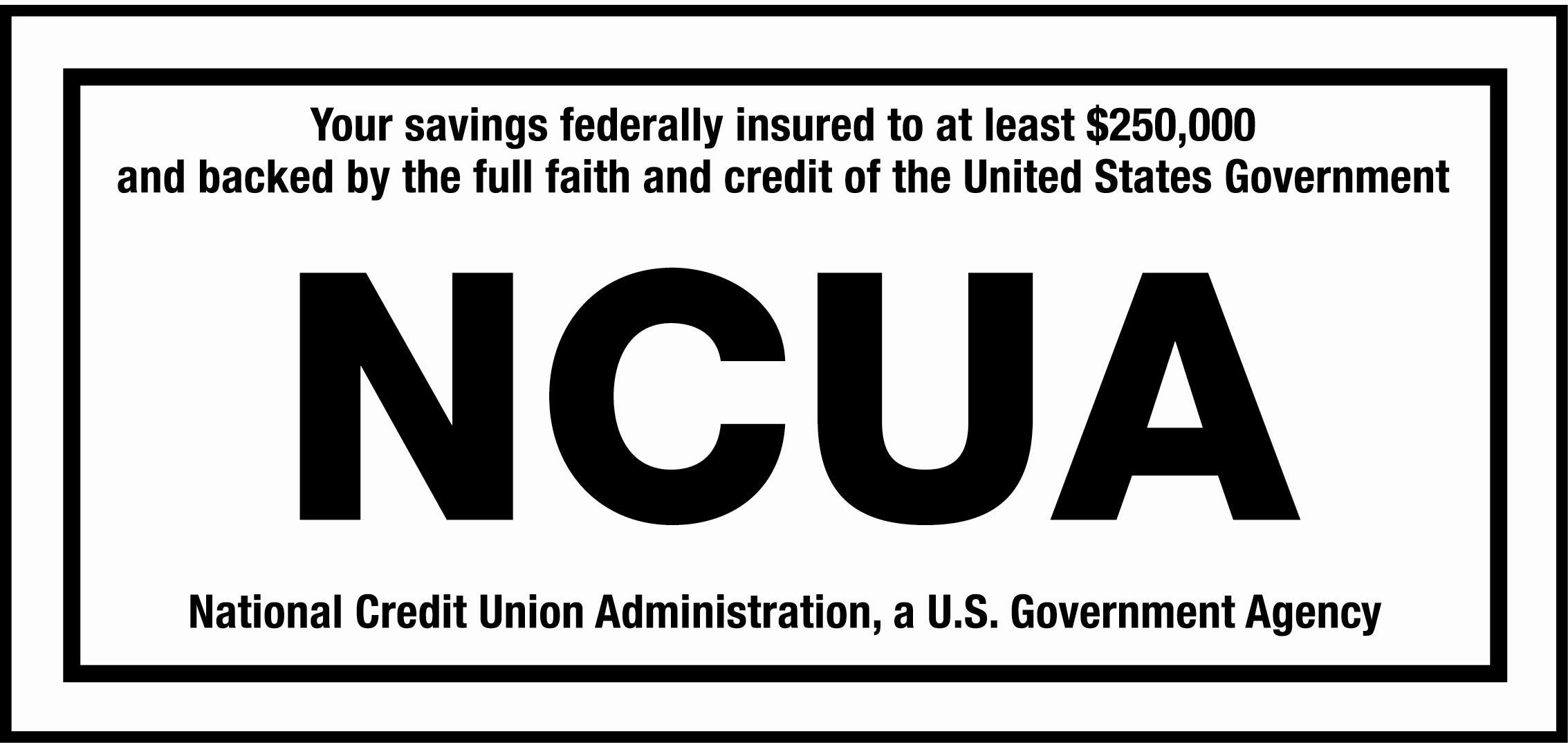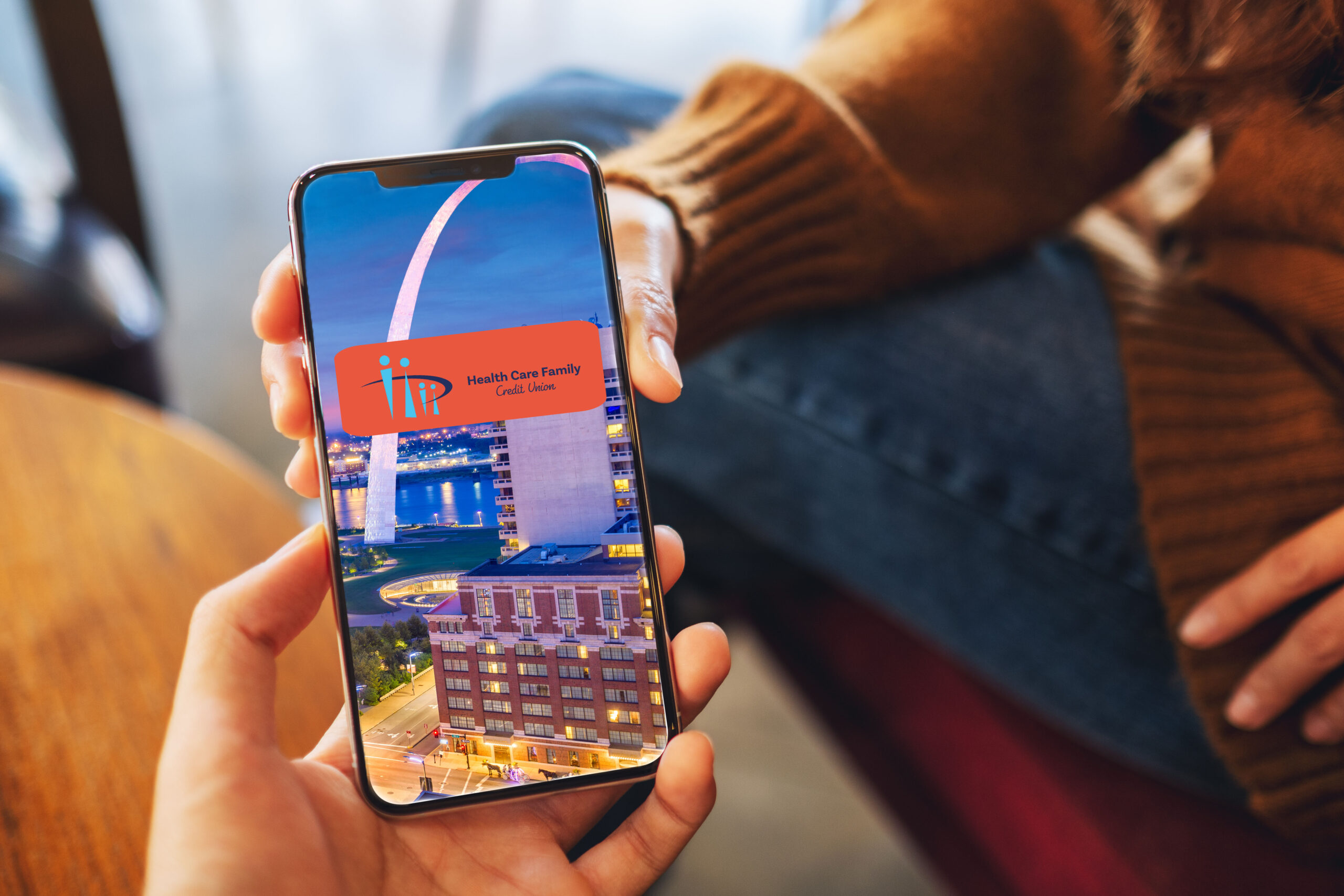With school starting up again, or having already started for some, it’s time to discuss Teen Accounts and why they are important.
So, why is it important for high school students to have their own account? Part of high school is growing up. Part of growing up is figuring out how to handle money. Almost everyone makes mistakes with money, it’s pretty much inevitable. It’s better to make those mistakes at a young age and learn how to prevent them going forward. Students don’t have a chance to do that unless they have their own accounts. Sure, just giving your student cash here and there when needed might be easier in the short term, but helping them learn how to manage their accounts is the best solution long term.
Last week was our Teen Money Management Seminar and we wanted to share the information with everyone who couldn’t make it!
- The first step in helping a teen learn to manage money is getting them their own account. If they don’t already have an account established, make them communication with the member service representative what it is they are trying to accomplish. Making them hold the conversation and manage the transaction will create a the sense of ownership for the new account.
- The representative should go through all of the services that are available to you. If they don’t, ask about the electronic services! Today’s teens are so digitally connected to everything they do that most financial institutions have been working to provide very high quality online and mobile banking products. Getting teens connected to their finances through mobile technology makes their access and ability to maintain them easy.
- The second step is understanding how to budget. The difficult part of budgeting isn’t coming up with the ‘how to’ spend your money, it’s sticking to the plan.
- The fist thing to do when budgeting is to track expenses so you can create a clear picture of where your money actually goes. To identify tendencies, save all of your receipts for at least a two-week period. Group these expenses into categories, ex. Entertainment, transportation, food, clothing, etc.
- Build a set amount of savings into your budget. The old saying “pay yourself first” means treating your savings as a monthly bill, not a luxury.
- List your income – write down what you earn from your job, gifts, allowance and any other income sources. Tip: Only include income that you receive regularly. Just because your received $100 for your birthday in May doesn’t mean you can include that $100 in your budget for June.
- Create your budget – write down where and how your money comes in and goes out. What do you have left after paying all of your expenses?
- Evaluate – What is the difference between your income and expenses. Do you make more than you spend? Or is it the other way around?
- The fist thing to do when budgeting is to track expenses so you can create a clear picture of where your money actually goes. To identify tendencies, save all of your receipts for at least a two-week period. Group these expenses into categories, ex. Entertainment, transportation, food, clothing, etc.
- Put your plan into action. As time goes on, keep track of how you are spending and what is left at the end of each pay period. Adjust budgeted amounts for savings and expenses as necessary. Keeping track of your budget can point out both good and bad spending and savings habits. You definitely can’t fix the bad habits if you don’t know about them.
- This is also a good time to create savings goals. Come up with different goals of things you want to save for. There are three types of savings goals:
- Short-term – Clothes, concert tickets, tec.
- Intermediate term – New laptop, TV or sports equipment
- Long term – Car, apartment or house
- The little things add up. You would be surprised how much you actually spend on things like: soda, coffee and fast food. Take a look at your expenses and see how much you spent on fast food alone in the last two weeks. If you can cut out even one fast food meal per week, and the average meal is $5, then you will have saved $260 over the course of a year. The savings only increase if you are buying for more than yourself, or spending more than $5.
- This is also a good time to create savings goals. Come up with different goals of things you want to save for. There are three types of savings goals:
Budgeting never ends. Don’t let your students think that these steps are a one-time exercise. In order to create good habits and maintain financial stability it’s important that these steps are constantly repeating themselves. They should always be trying to optimize their budget by tracking expenses, tweaking spending plans and figuring out the best way to apply those changes.



